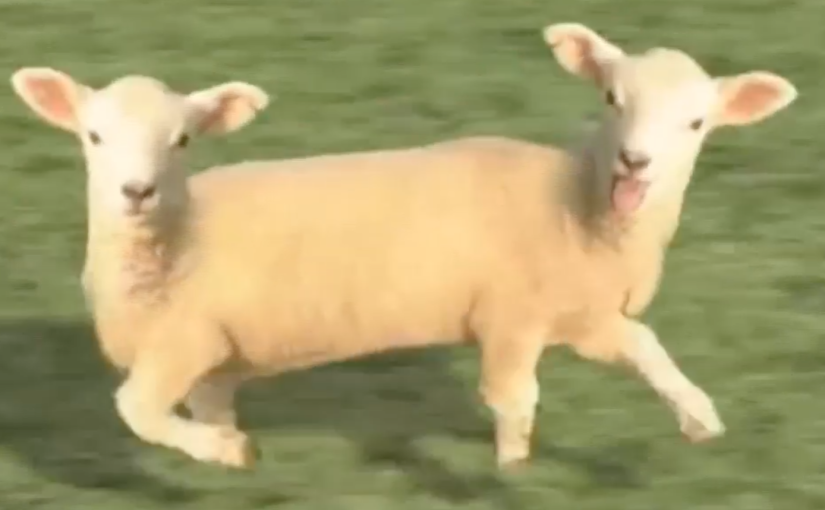
a glass of wine and a clip of time.
It’s a response to Einstein’s Dream, written by Alan Lightman. Einstein’s Dream is a novel depicts several kinds(approximately 27, I counted) of world views, based on Time. In one world, time is circle that bends back, in one world cause and effect are erratic, and in one world time has changed plans thus sometimes people can glimpse the future. Beautiful and sad stories happen. Being a fiction novel, the book well translated the vision of Einstein in an artistic way.
As for my thoughts –time exists in each individual’s mind. We can decide our own setting of time, just like what the book depicts. It might flows backward, or it might be in what people live just one day. Once our mindset changes, we can live in whatever kinds of the world the book depicts, and of course in the world you define.
Right now, I live in the world where everyday is the day before due. Chased by deadline, sometimes I work hard to try to win the race against time. Like trying to occupy all the seats in a hall against time. Compared to my rush and anxiety, time moves on gracefully in its pace. Or sometimes, I ignore the existence of deadline in the “Oh Whatever” way. I explore the environment leisurely and spend time admiring surprising details of life. It’s like comfily curling in a sled, and let time drag me forward. I still do my work, and it probably just turns out being ordinary, but I’ll never be left behind. I can choose to be either kind of person. It all depends.
But this is not my ultimate dreamy setting of time. The one which is closest to my ultimate dreamy setting, SO FAR, would be –time is like the video clips you can stroll around on Youtube. Sometime at night, after all the work, it’s time for a glass of wine and a clip of time. Vividly, you see the beloved eyes from your grand grandmother, the ones without wrinkles, and you interpret the words from her that you couldn’t before. Or it’s a chilly random night, you and he continued the first acquaintance at bar to a 24/7 breakfast branch. You re-cover the taste of alcohol with eggs and pancake, and re-cover the talks of non-sense with visions of future. Or it’s an unexpected museum visiting, and you re-feel the shocks and touch of amaze from the first time of seeing the workpiece of your all time favorite artist.
In this closest to ultimate dreamy definition of time, that each clips of time is reachable, I can hold the one I thought I’d never be able to hold again, and I can recapture the sudden emotion pulse I thought I’d never be able to feel it again. Dose it sound too beautiful to be perfect? What’s the drawback of this? And what’s your ultimate(or the closest)dreamy setting of time? Those are the questions I’d love to quest you guys 🙂











